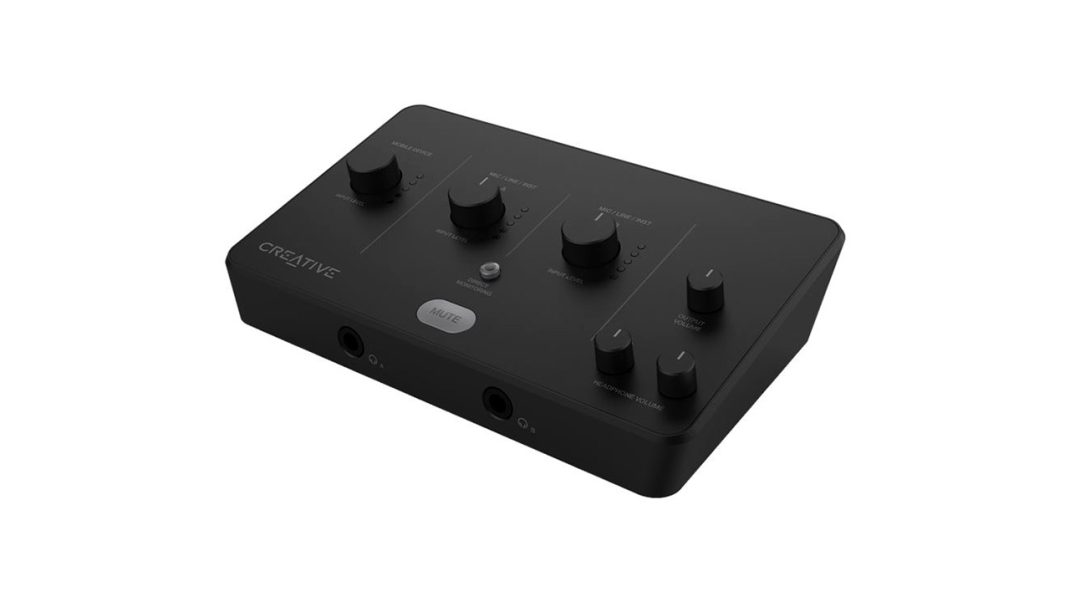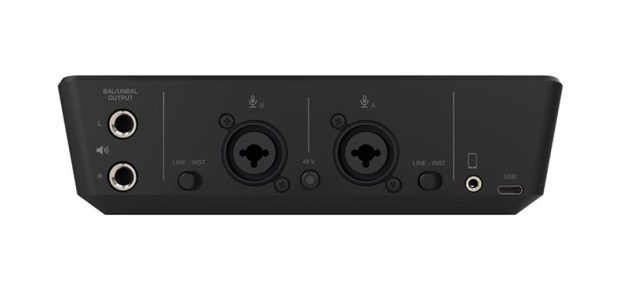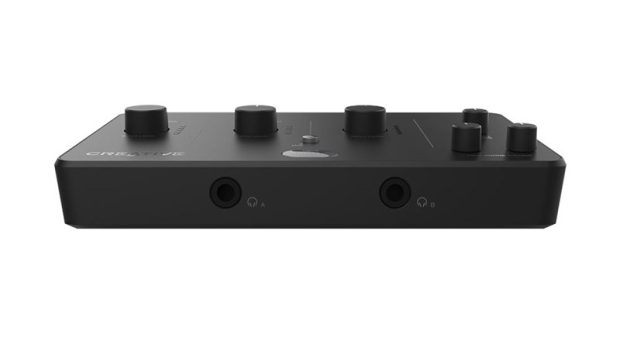The Creative Live! Audio A3 aims to be your one-stop shop for high-quality recording and playback, all packed into a compact and affordable USB audio interface. Let’s dive in and see if it hits the right notes.
Setup is a breeze, with the A3 being instantly recognized by most computers. The included software, Sound Blaster Command, offers basic recording and playback controls, but more advanced users might crave a more robust DAW integration. The hardware controls are well-spaced and intuitive, making adjustments on the fly easy.
Sound quality is where the A3 shines. It boasts 24-bit/96kHz recording and playback, and it delivers. Audio comes through clean, crisp, and detailed, whether you’re capturing instruments and vocals or simply enjoying hi-res music. The built-in mic preamps are surprisingly good, offering clear and gainful amplification for XLR mics.
The A3 is versatile, offering two combo jacks for mics, instruments, or line-level sources, dedicated headphone jacks with individual volume controls, and balanced and unbalanced outputs for speakers or mixers. The mixer knob allows for easy blending between the mic and monitor input, which is ideal for podcasting or streaming. However, the lack of MIDI I/O might be a dealbreaker for some musicians.
At around $140, the Creative Live! Audio A3 offers excellent value for the sound quality and features it provides. It’s a great option for home producers, podcasters, and even casual listeners who want to step up their audio game. However, if you need more advanced features or MIDI connectivity, you might need to look elsewhere.
The Creative Live! Audio A3 is a compelling choice for anyone looking for a high-quality and affordable USB audio interface. Especially so if you are a starter streamer/content creator and want to improve your audio quality from a basic headset/microphone setup. It delivers excellent sound quality, versatile features, and intuitive controls, all at the budget-friendly price of $149.99. However, the lack of MIDI I/O and limited software might hold back more demanding users.







